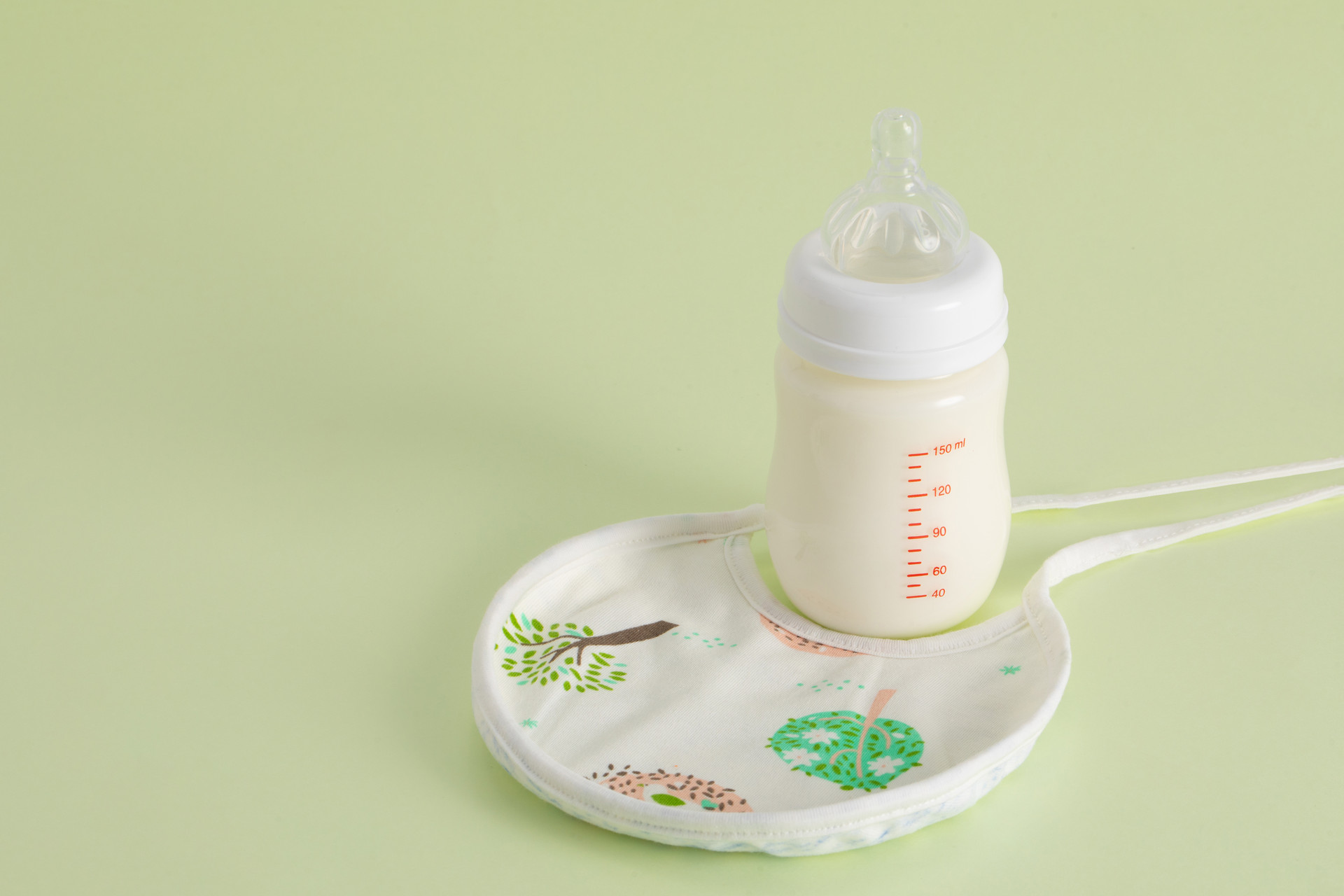Experts point out that the reason why infants and young children are prone to colds or rhinitis is closely related to their physiological and anatomical characteristics. Their nasal cavities are shorter than those of adults, their nose hair has not yet grown, and their posterior nasal passages are narrow and the mucous membranes are tender, making it easy for bacteria and viruses to enter the respiratory tract and cause infection. During each infection, due to the rich blood vessels and abundant secretions in the nasal mucosa, the posterior nasal cavity is easily blocked, resulting in difficulty in breathing and sucking. In addition, the nasal mucosa is connected to the sinus mucosa, and the opening of the sinus is relatively large, so acute rhinitis in babies can easily lead to sinusitis.
Four common types of rhinitis in infants and young children:
1. Persistent rhinitis in newborns. About half of newborns rely on nasal breathing, but once the nose becomes congested, the nasal cavity becomes even narrower, causing difficulty in gas exchange. Babies may become irritable and have difficulty breathing, which is aggravated when feeding because breastfeeding completely blocks the baby's airway. However, as babies reach 5-6 months of age, they gradually learn to breathe through their mouth, relieving this condition.
2. Transient idiopathic nasal congestion in newborns. Many newborns have unexplained, transient (around 3 weeks after birth) nasal congestion, which may be accompanied by sticky or watery secretions (which flow out during feeding). The nasal cavity can be washed with physiological saline nasal drops, and then the secretions can be gently suctioned with a cotton swab after a few minutes, relieving the symptoms of nasal congestion.
3. Milk-induced allergic rhinitis. Allergic reactions to milk can not only cause diarrhea, but also make the baby's breathing sound coarse and increase the secretions in the nose and mouth, which is common in babies 1-2 months old. The solution is to stop consuming milk, and the symptoms can be relieved in about 24-48 hours.
4. Allergic rhinitis. Allergic rhinitis, also known as hay fever or allergic rhinitis, can occur throughout the year, but mainly occurs in spring, summer, or summer and autumn, and is closely related to pollen, dust, etc. Babies mainly show sudden nasal congestion, clear nasal discharge, and continuous sneezing. The prominent symptoms include itching and discomfort in the eyes, nose, throat, and external auditory canal. Some babies may become restless and cry due to severe itching, but they will gradually improve in 4-5 days. If there is a concurrent infection, yellow purulent nasal discharge may occur, or there may be chronic nasal congestion and runny nose, leading to chronic rhinitis.
Traditional Chinese Medicine treatment methods:
1. Massage:
- Open the Heavenly Gate: Press and push upward from the midpoint of the eyebrows to the hairline 24 times.
- Rub the bridge of the nose: Rub the bridge of the nose 5-10 times each time, using the thumb of your hand to gently rub from the tip of the nose to the midpoint between the eyebrows.
- Rub the sides of the nose: Rub the sides of the nose 5-10 times each time, and press the Yingxiang acupoint 5 times.
- Massage the fontanelle: Finally, massage the fontanelle for 3 minutes.
Since the baby's skin is delicate, parents should be gentle in their movements, and the massage should only be performed until the local skin becomes slightly red, without excessive force to avoid skin damage.
2. Medicinal diet treatment:
- Pueraria and Coriander Porridge
Ingredients: 50g of pueraria, 100g of glutinous rice, 10g of coriander.
Preparation: Wash the pueraria and put it in a pot with 2000ml of water. Boil until it reduces to 1000ml and remove the residue. Add glutinous rice and cook into a porridge. Add chopped coriander and mix well before consumption.
This porridge can clear heat, relieve muscle tension, and open nasal passages. It is suitable for babies over 1 year old.
- Peppermint and Perilla Leaf Drink
Ingredients: 5g of fresh peppermint, 15g of perilla leaves, rock sugar.
Preparation: Wash the fresh peppermint leaves and perilla leaves and put them in a pot with 500ml of water. After boiling, remove the peppermint and perilla leaves and discard. Add rock sugar according to personal preference and consume as needed.
This drink is suitable for babies over 6 months old.
Reminders:
1. For children over 2 years old with a history of allergies, they can go to the hospital for allergen testing to take effective anti-allergy treatment and get rid of the troubles of the disease as soon as possible. Data shows that skin allergy tests are rarely meaningful for children under 2 years old (except for evaluating food allergies).
2. Avoid consuming foods that contain a large amount of heterologous proteins such as fish, shrimp, and crabs, and avoid vegetables such as cilantro, amaranth, and gray vegetables. The diet should be light, and avoid excessive consumption of greasy foods, desserts, and drinks.
3. Breastfeeding mothers should avoid consuming spicy foods.
4. Actively search for allergens and avoid them once identified.
5. Regularly clean the dust under the bed indoors, and babies with allergic diseases should try to avoid close contact with dust, dust mites, and animal feathers.
6. For children with severe nasal congestion and runny nose, antihistamines can be used under the guidance of a doctor.











